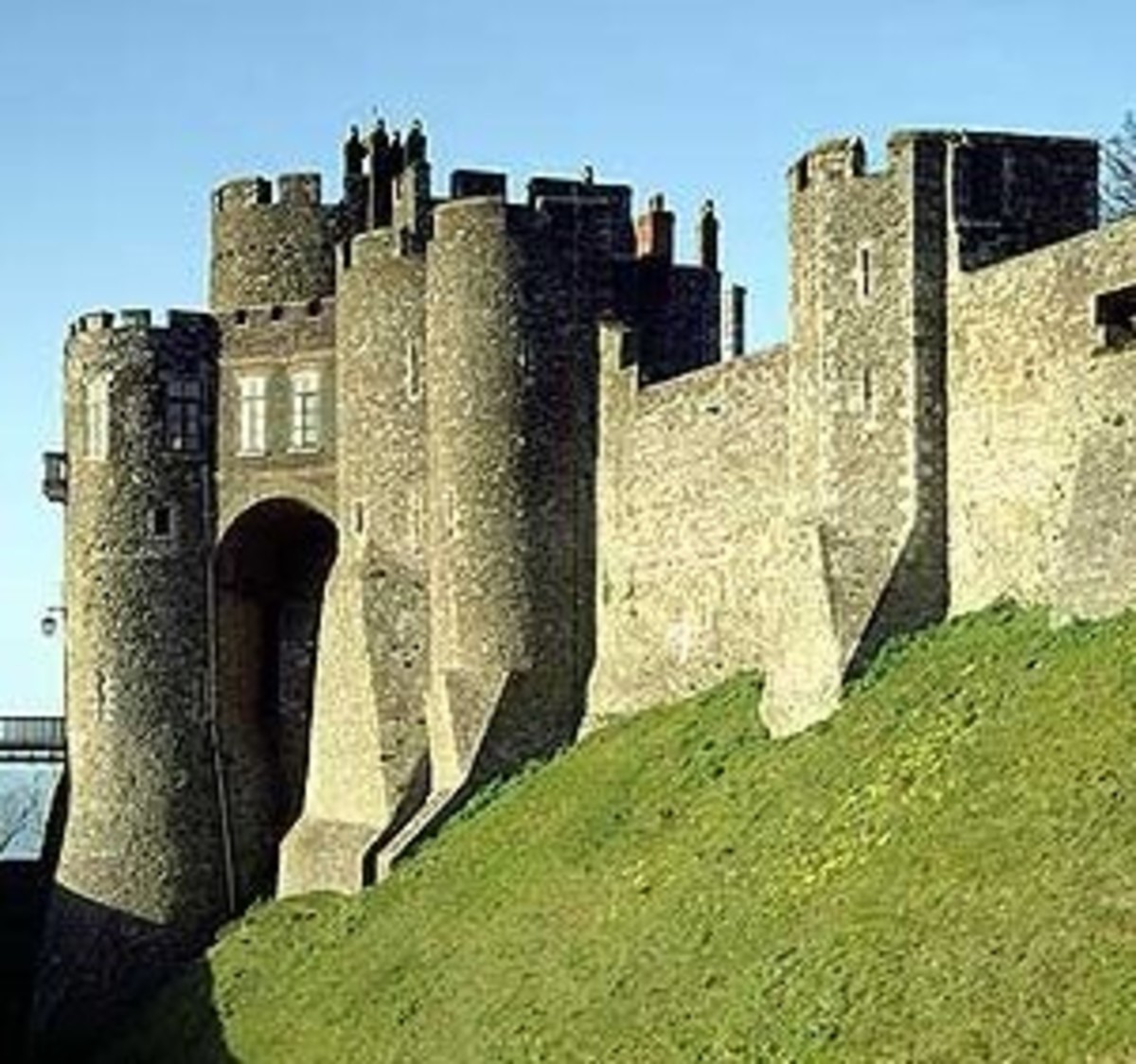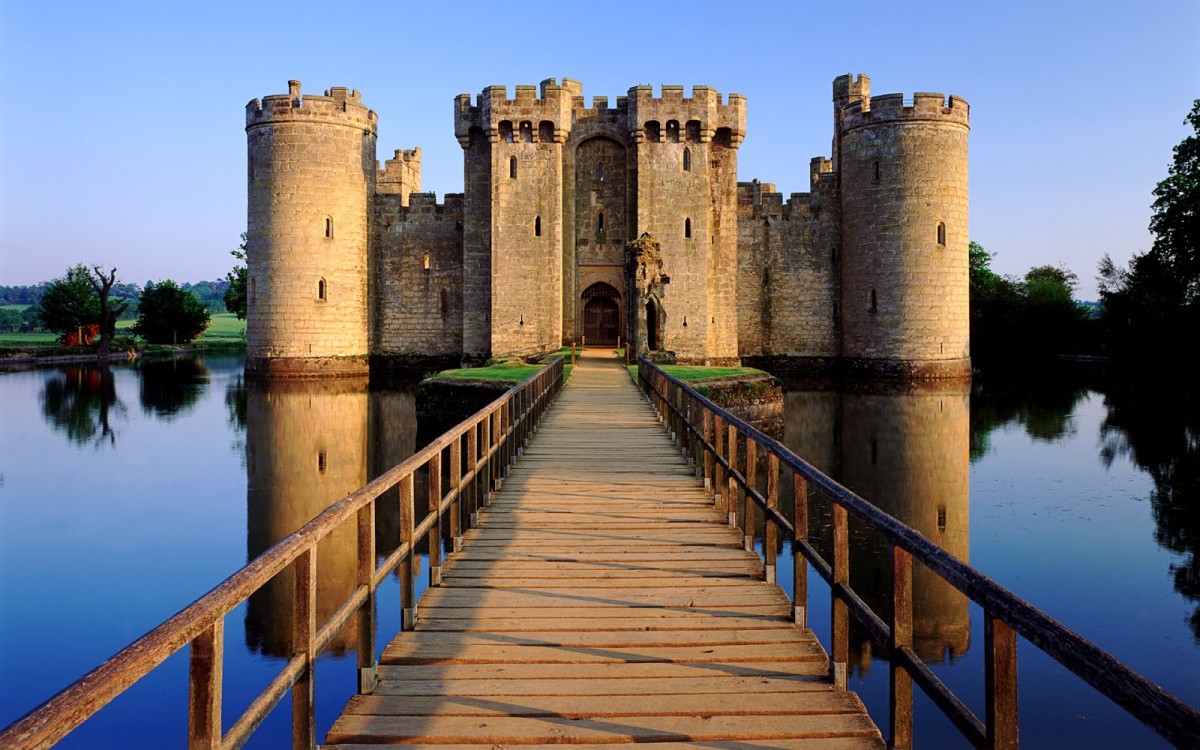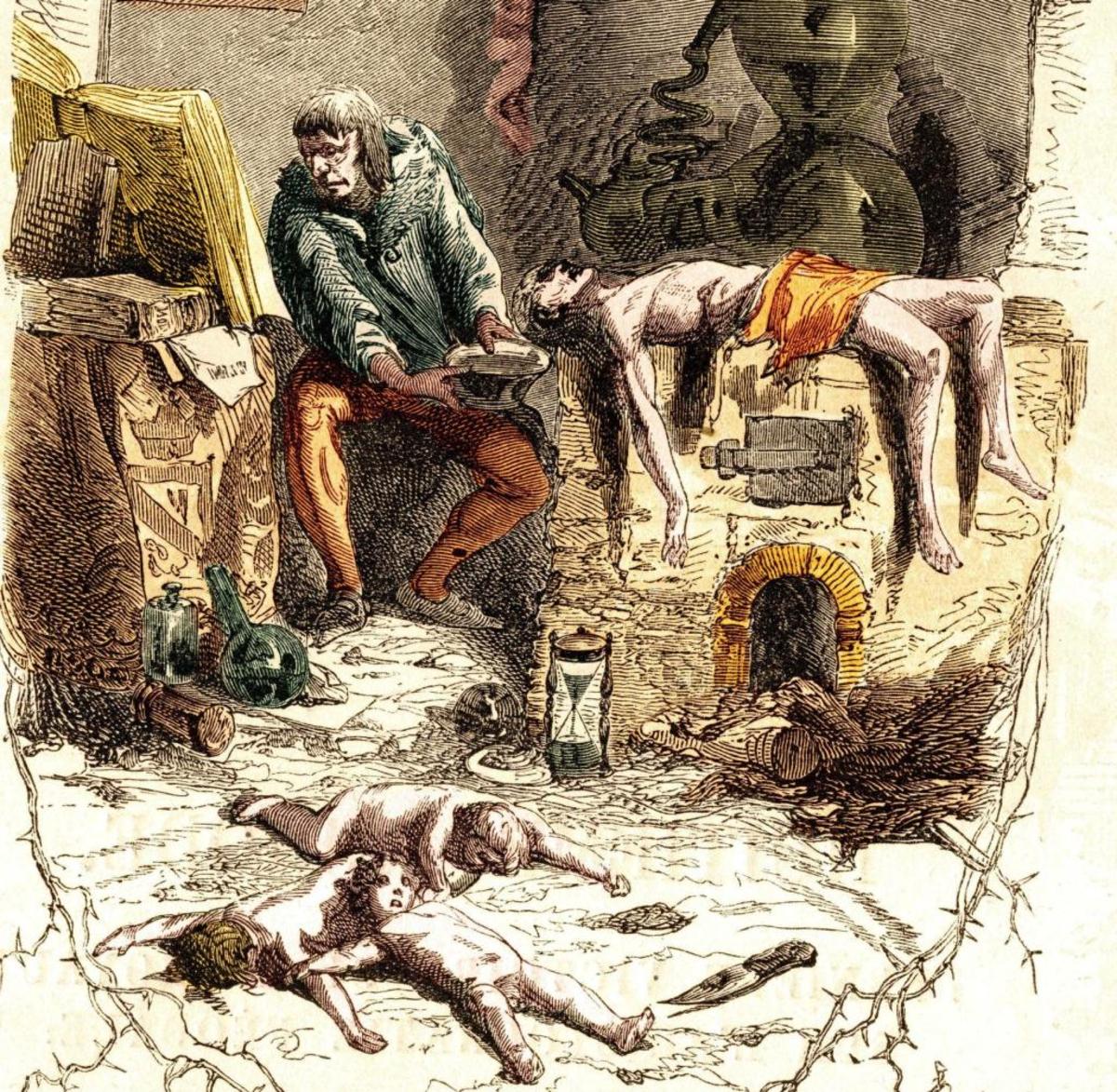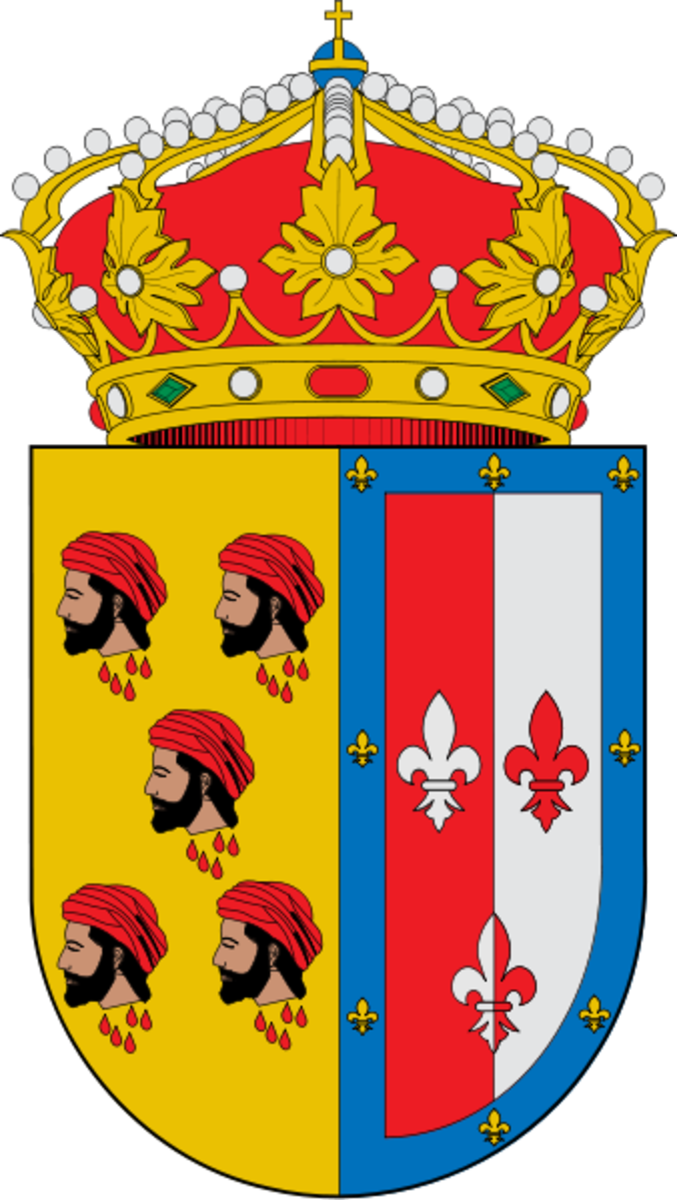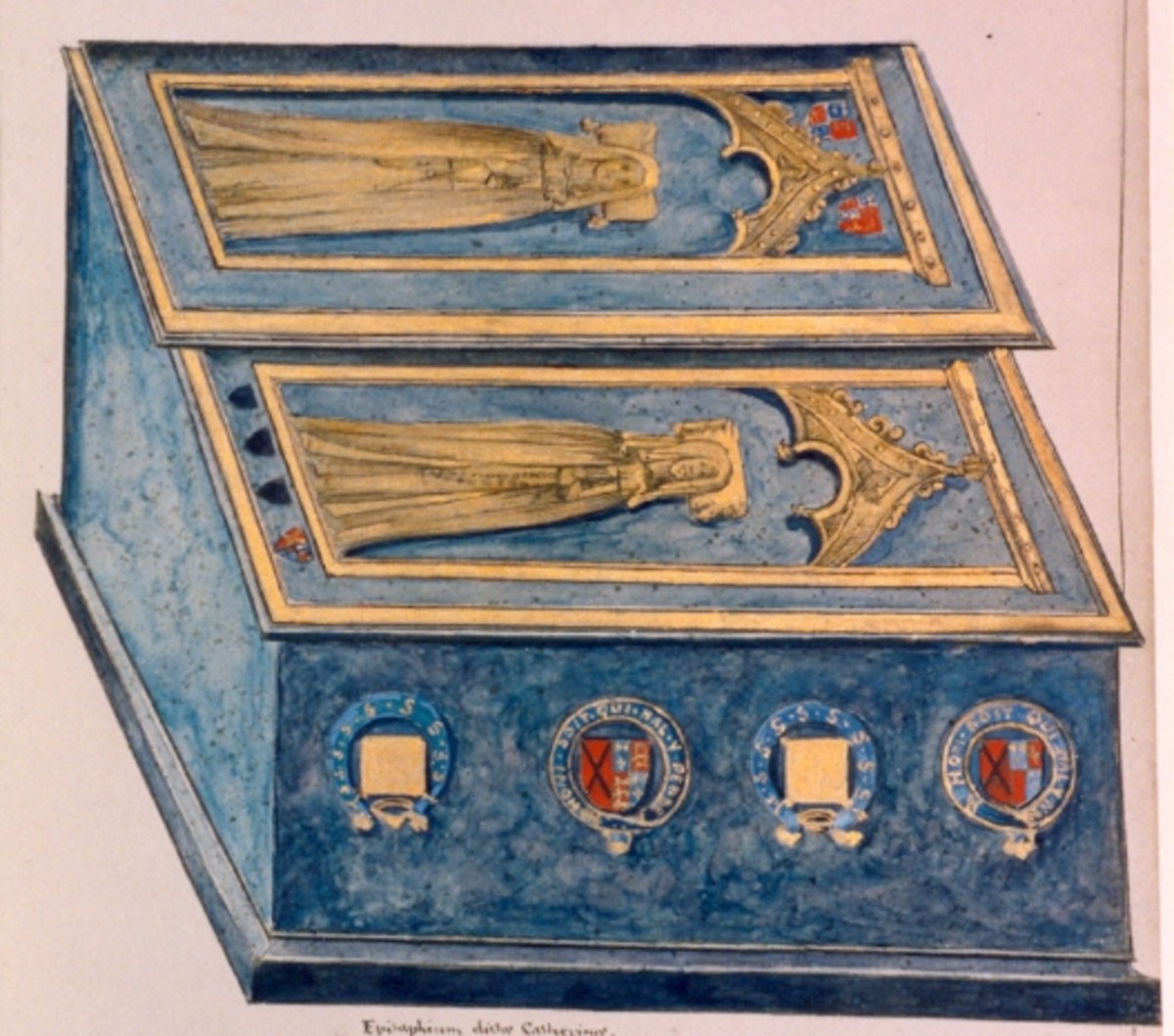Interesting Facts About The Middles Ages
Remains Of A Castle From The Middle Ages
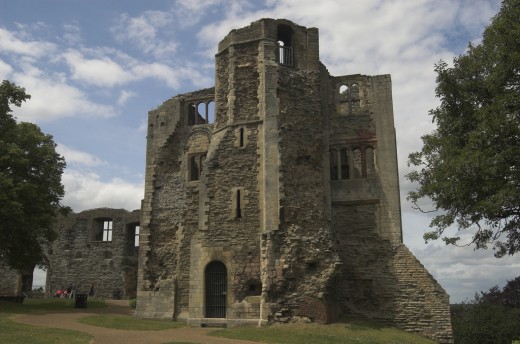
Interesting Facts About The Middles Ages
The Middle Ages, often referred to as medieval, is an era of European history that covers an enormous amount of time starting in the 5th century and continuing through the 16th century. This was a time that caused humanism to be born in the Italian Renaissance and allowed for the unfolding of Reformation that is usually associated with the transition of Middle Ages into the Renaissance era.
Urbanization of Western and Northern Europe is included in the Middle Ages and there are European countries that owe their traditions, trends and events to this era. Military outcomes that occurred during this period, made the European political boundaries what they are today.
Also, the term Middle Ages is often synonymously used with the term of Medieval Times however, Middle Ages is used in describing an era of European history. Non-European countries are considered medieval if that country had a feudal organization present. Often, the development of sub-Sahara Africa and Japan's pre-Westernization period are referred to as medieval. Through times, modern historians often fail in trying to correctly fit the history of certain other regions into that of Europe's.
Ancient Warfare From Etrurian/Rome Times Up To High Middle Ages
The Beginning Of The Middle Ages
During the 2nd century, a great territorial extent was achieved by the Roman empire. During the next two centuries, control slowly declined over Rome's outlying territories. The Empire was split into Eastern and Western halves by Emperor Diocletian in 285.
Throughout the 4th century, military experience increases at the same time Rome's geographical neighbors were becoming more powerful and restless. Tribes that had, in the past been trading partners or rivals with Rome, sought an entrance into the Empire. The reforms of Emperor Diocletian created a strengthened army, reformed taxation and a strong government.
The reforms that the Emperor had made bought Rome a bit of time and although Roman power was being maintained by the well equipped and professionally trained armies, these armies were draining the finances of the Roman Empire. As heated cavalry rose, the Roman military began to lose the previous advantages it had in the past. The Battle of Andrianpole in 378 by the Gothic lancers destroyed the Roman army leaving the Western Empire of Europe with no defense. Due to this, a vast number of Germanic tribes traveled into the area.
Roman institutions began to crumble near the turning of the 5th century and as the Roman authority became more vacant in the West, trading networks, cities, literacy and urban development declined. The only maintained infrastructure and civic functions were by the Christian Church.
Medieval Village
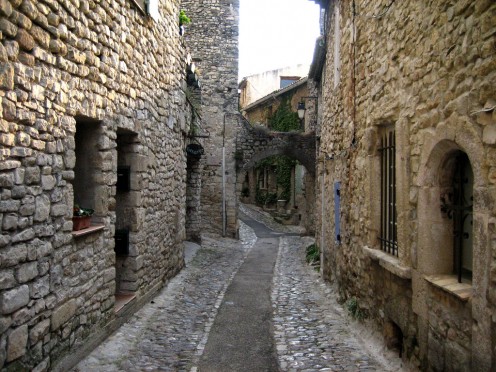
Chapel In The Style Of The Middle Ages
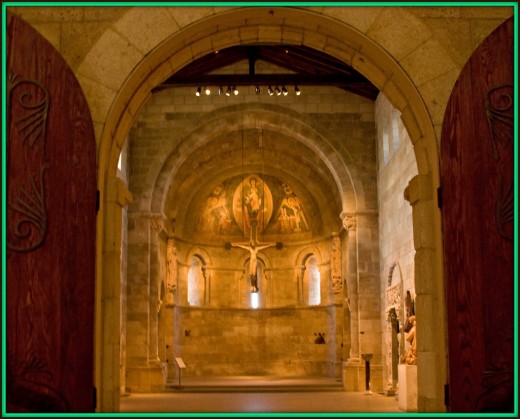
Early Middle Ages
The fall of Roman society was devastating. Merchants and cites lost not only economic benefits but also safe trade and manufacture conditions. Additionally, the unified culture and decrease in education led to a cease in intellectual development.
Soon it was not safe to carry goods to trade or travel long distances so exportation collapsed. Major industries and manufacturers seemed to consistently vanish overnight.
New people filled political positions until the 8th century and Germanic tribes divided the Empire into separate regions. During this time, the areas of the Mediterranean Sea became controlled by Muslims and by the turning of the 8th century, the Western Roman Empire was rural and decentralized.
A primary cultural influence was the Catholic Church. Arian rulers conquered many Catholic populated areas that provoked a good deal of tension between Catholic hierarchy and Arian kings.
Due to their literacy, Bishops in the Middle Ages were central so they played a very important role in governance. Monasticism rose in the West determined by ideas and traditions of Syria and Egypt. The Western Monasticism Rule was written by Saint Benedict in the 6th century and detailed responsibilities of the monks whom were lead by an abott. The Benedictine Rule rapidly spread across Europe resulting in monasteries and monks having deep political and religious effects on the Middle Ages.
In Aachen, the Charlemagne's court was the heart of a cultural revival often called the “Carolinigan Renaissance”. An increase in literacy, arts, jurisprudence and architecture had a substantial increase. Alcuin, an English monk, took the classical Latin education with him to visit Aachen. This is thought of as an important part of development of the medieval Latin.
At Charlemagne's death, his only adult son, Louis the Pious took over. He reigned 26 years and during this time there were a number of divisions to the Empire by his sons, resulting in several Civil Wars. A three year war occurred after his death and ultimately the Carolinigan Empire ended up destroyed that lead 962 into the Holy Roman Empire.
Life In Medieval Europe
High Middle Ages
Urbanization of Europe, intellectual revival and military expansion described the High Middle Ages. There was an explosive increase in population during this time that caused the towns to fill. The growing areas were in the center of the continent and by the year 1,200, Paris had a population of 200,000 residents. Hungary and Poland became new European powers with Hungary being considered the “Gate to Europe” for entrance from Asia.
Islamic philosophy, technology and science became very advanced during this time and Islamic scholars took Roman and Greek traditions and added their own inventions to them. The decimal system replaced Roman numeral and algebra was born.
Danger accompanied with travel in Europe was reduced resulting in trade growth and by the 11th century, Universities began to establish themselves in highly populated European cities and Cathedrals were constructed across the continent. From the 12th through the 13th century, there was technological advancement and great improvement made to the clock and ships.
Middle Ages Agricultural Land
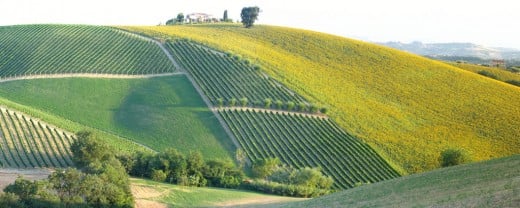
Late Middle Ages
Agriculture was greatly affected by a change in the climate that caused many famines and the Black Plague to spread through Europe killing half of the population. Cities were empty, lands unattended to and most of the people that did survive were those that could afford to move away. During this time the Catholic Church was divided against itself and was sometimes led by three popes at one time.
Royalty rose during this era, partially because they were the few that could afford to survive the famine and disease. During the 14th century, France and England both became very popular. A conflict between the two resulted in a war lasting 116 years. Standing armies were introduced along with new tactics and weapons. It is said this war played the most significant role in medieval warfare.
The Middle Ages covers a millennium, representing the important rise and falls of European history resulting in the transition to the Renaissance era.


